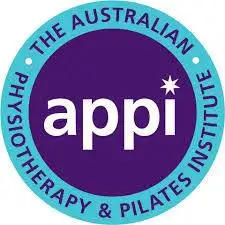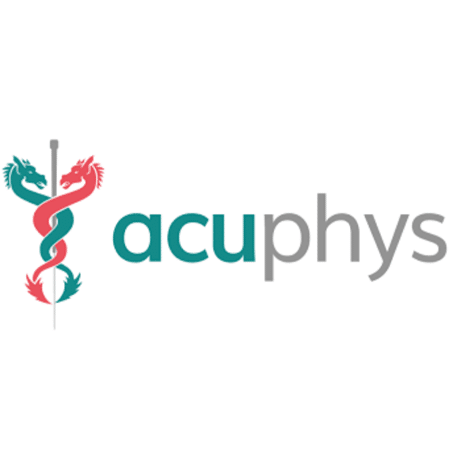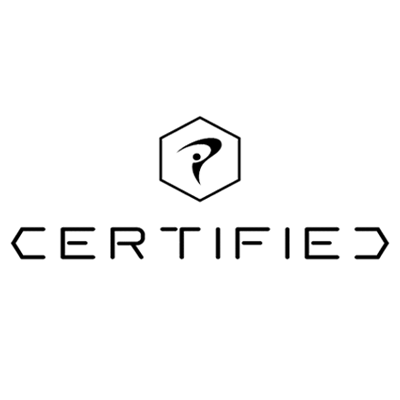Introducing Running Back Into Your Fitness Schedule
With the current restrictions in Lockdown 3 meaning that fitness classes and gyms have been forced to close, there will be a lot of people taking to the roads again in an effort to keep fit. The purpose of this blog is to provide some useful information around running injuries and how best to avoid them!
Why Run?
> The beauty of running is that you don’t need an expensive gym membership or any specialist equipment.
> With no commute to and from the gym needed, you can pop your trainers on and head out the door, making it a popular choice for people with busy lives.
> Physical and mental health benefits – it is excellent for cardiovascular fitness, maintaining a healthy weight and reducing stress levels.
> Change of scenery – it gets you out of the house, which again is great for mental health.
The (Potential) Cons of Running?
Due to the ease of putting your trainers on and heading out the door, we often forget (or choose) not to do a basic warm up: “it’ll be fine this time, I’ll do it next week” type of mindset. This is normal for most people as the warm up is seen as less exciting and requires more time. Unfortunately, it is these bad habits that more often than not result in injury and pain, which force us to stop running.
Follow the Link below for some useful exercises for runners 👇
Brief Overview of Pain and Injury Mechanisms
Broadly speaking, most running-related injuries (shin splints, runner’s knee, ITB syndrome) arise from the accumulated build-up of micro stressors on the body that eventually result in pain, as opposed to a specific mechanism of injury such as a slip and twist of the knee.
The best way to describe micro stressors is to think of them as repetitive (high volume) but low-impact (minimally painful) forces that act on the tissue until, cumulatively, they contribute to an actual and more painful problem.
An example of this is a condition known as runner’s knee or patellofemoral pain syndrome, which causes pain in and around the knee cap. One of the causes of this condition can be attributed to tightness in the quadricep (thigh) muscles and IT Band. Due to their attachments into the knee, they begin to pull the patella (knee cap) slightly out of alignment, which in turn causes rubbing on the bone underneath (femur). As the knee bends and straightens, this rubbing builds from a mildly irritating sensation to a more painful and debilitating problem.
The reason this problem is often seen too late by physios is (in part), due to the low levels of pain this condition actually causes in the early stages. Pain is an incredibly powerful motivating factor to change our behaviour. It is there to make us address a potential threat to our health. If we are experiencing low levels of pain therefore, it is understandable that many people will push through this as we don’t perceive enough of a problem to make us stop.
It is wise, however, to begin to question why we are getting these warning signals and to address them before they escalate into a bigger problem. This does not mean running (pardon the pun!) to the physio every time we get a sore knee but it should mean we are at least beginning to think about how we can best prepare the body for running. That being said, a physio will always be able to help you identify a problem and begin to fix it the sooner they see you.
Anatomy of The Knee
Solutions
It is important to say that, if you have been experiencing pain for a while and it is not improving, I would always suggest booking in to see a physio first for a full assessment of the problem. There is no “one size fits all” when it comes to fixing running injuries but for most people you can’t go far wrong by building in some regular exercises to help strengthen key areas.
Hip Joint and The Glutes
Everyone has heard of the glutes. Well, the glute muscles are key players when it comes to running and injury prevention. There are three main glutei muscles: gluteus maximus, gluteus medius and gluteus minimus. We also have some deeper muscles that contribute to hip and pelvic function (I’ll save those for another blog). The glutei muscles are primarily involved in the movement of extension, external rotation and abduction of the hip joint.
> Extension is the movement of taking your leg behind your midline.
> External rotation is the movement of rotating your leg outwards (e.g., turning your foot outwards).
> Abduction is the movement of taking your leg out to the side.
Extension is needed to propel you forward when running whilst external rotation and abduction are needed to resist internal rotation and adduction, when the foot hits the floor. What is he talking about?!
What I mean by this is that, if your glutes are weak, when your foot hits the floor your femur (thigh bone) will roll in (internally rotate) and your pelvis will dip down on the opposite side, which creates undue pressure through the knee via the muscles that attach into the knee joint. This pressure can lead to mal-tracking and compression of the knee cap, thus causing pain. There are also structures around the hip that can flare up if this problem is not fixed.
Ankle Joint
The ankle joint is very important in facilitating an efficient running style. It is reported that the foot and ankle take anywhere between 5-10 times your bodyweight as you land, meaning that for the average 85kg person they could be taking up to 850kg of weight through their ankle!
Your ankle joint is capable of certain movements that enable us to walk and run. One of the main movements we need when running is the ability to plantarflex and dorsiflex. Plantarflexion is where you move the ankle down (pushing off when running) and dorsiflexion is where you lift the ankle up towards you (preparing for heel strike).
It is often dorsiflexion that becomes limited due to either a bony block or muscular/soft tissue tightness. Bony blocks are where the two bones that comprise the ankle joint are too close together, and may result from arthritic changes or the way we are designed. More often it is tightness in our calf muscles that limits the movement. I have included some exercises to work on the ankle below.
I have included some great exercises to target both the ankle and glutes in the video below 👇
Thanks for Reading
Hopefully this blog has been useful to you. The main thing to consider with injury prevention (regardless of activity) is to build good habits into your routine including exercises that strengthen and mobilise. Listen to the small aches and pains rather than ignoring them as they are often telling you something. Happy running everyone.
If you enjoyed this blog please feel free to share with your friends on social media 👍





